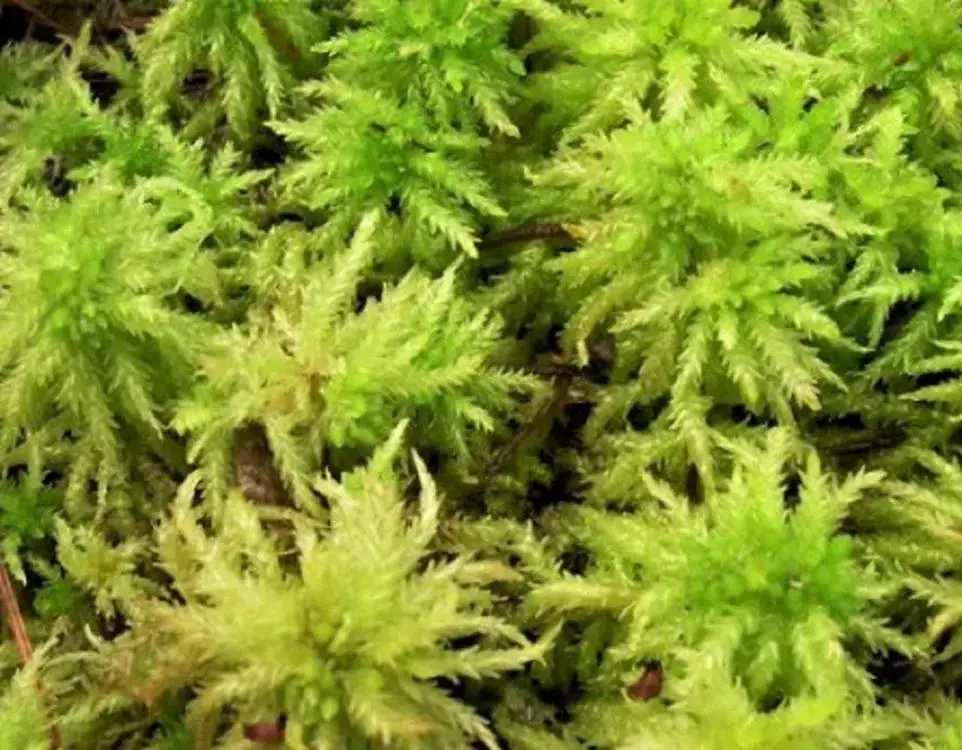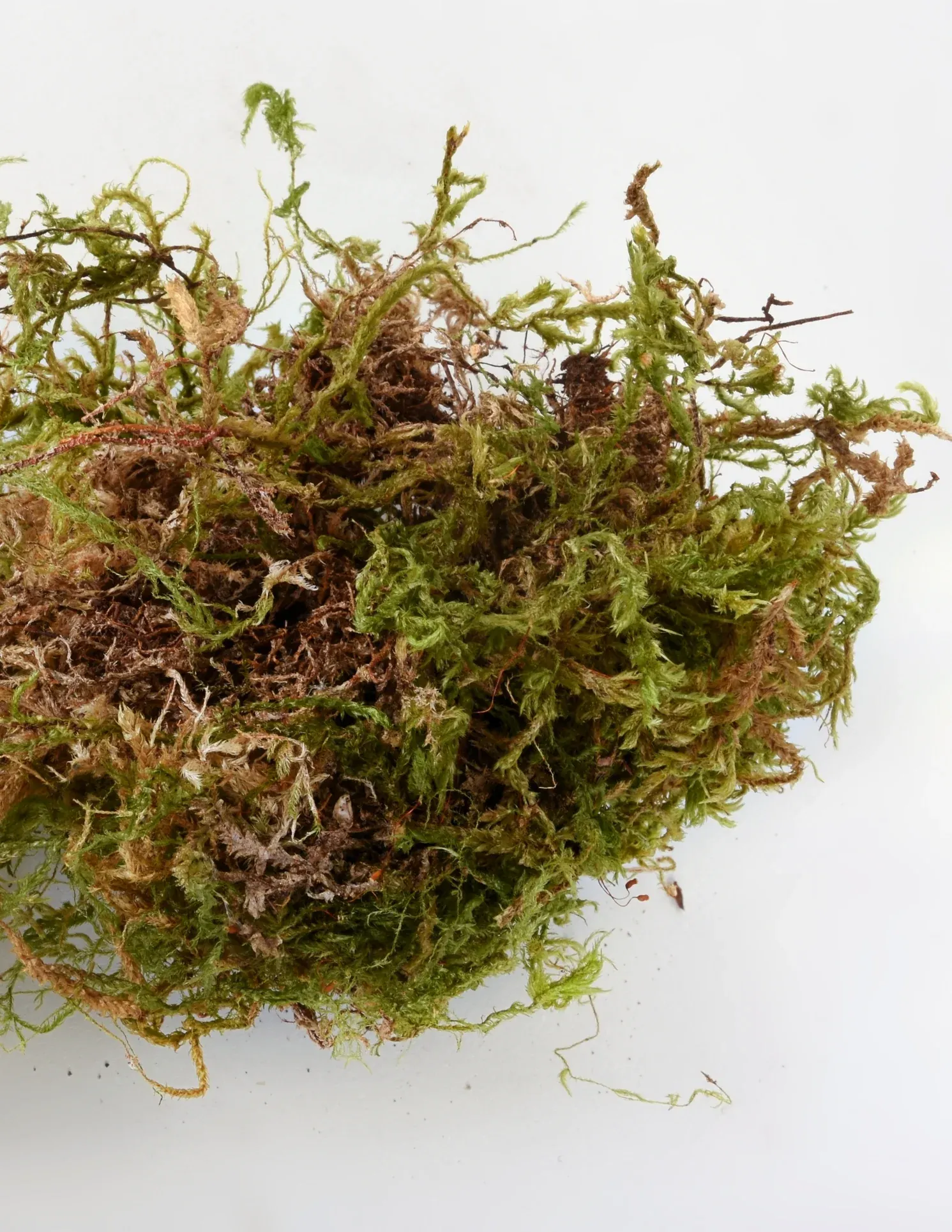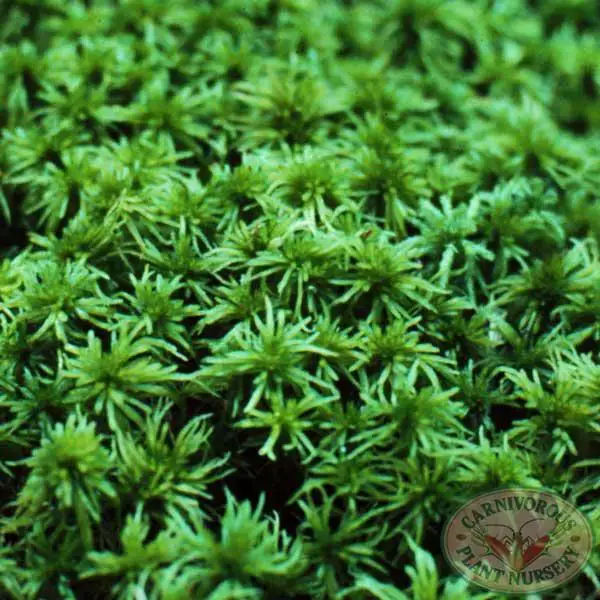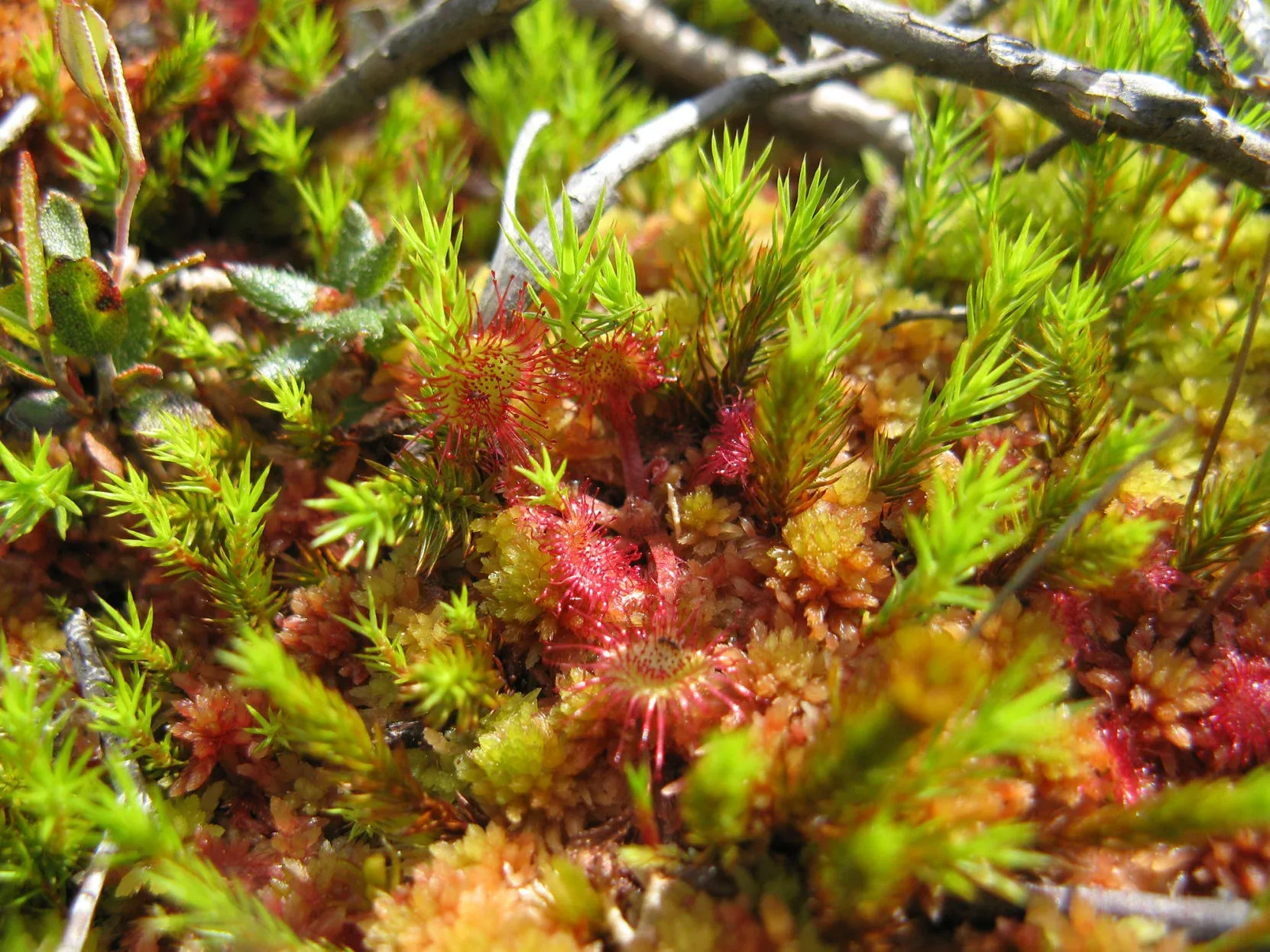
sphagnum-moss.jpg from: https://cold-hardy.com/live-sphagnum-moss/
Sphagnum personatum Roiv.: The Remarkable Moss of the Sphagnaceae Family

sphagnum3_934c207f-91bb-4ccc-9a69-3cb114b7c7b9_1491x1930.jpg from: https://pistilsnursery.com/collections/for-your-plants/products/sphagnum-moss
Introduction
Sphagnum personatum Roiv., also known simply as Sphagnum, is a fascinating species of moss belonging to the Sphagnaceae family. This unique moss plays important ecological roles and has some remarkable adaptations. In this blog post, we’ll dive into the details of Sphagnum personatum Roiv. and explore what makes it so special.
Background
Sphagnum personatum Roiv. is a species of Sphagnum moss, which is a genus of approximately

sphagnum.1_600x600.jpg from: https://carnivorousplantnursery.com/products/sphagnum-moss
380 accepted species. Sphagnum mosses belong to the Sphagnopsida class within the Bryophyta

591c6584b8512.image.jpg from: http://www.independenttribune.com/news/peat-moss-good-for-plants-but-bad-for-the-planet/article_e5bbb348-11d6-5655-a233-c8b04a41b074.html
division. They are commonly known as “peat mosses” and are the most important peat-forming plants in the world.
Morphology and Identification
Sphagnum personatum Roiv. has a distinctive morphology that helps with identification:
- Stems are usually pale green to yellowish
- Branches are typically in fascicles of 3-5
- Leaves are ovate-lanceolate in shape
- Leaf cells are elongated and narrow
- Spore capsules are globose on short pseudopodium
Global Distribution and Habitat
Sphagnum personatum Roiv. has a wide global distribution, found in:
- Northern hemisphere boreal and temperate regions
- Parts of the Southern hemisphere
- Peatlands, bogs, fens, and other wetland habitats
- Often forms extensive carpets in acidic, waterlogged environments
Ecological Roles and Adaptations
Sphagnum personatum Roiv. plays several key ecological roles:
- Helps create and maintain peatland ecosystems
- Stores large amounts of carbon in accumulated peat
- Provides habitat for many specialized plant and animal species
- Has a high water holding capacity, helping regulate wetland hydrology
- Acidifies its surroundings by exchanging cations for hydrogen ions
Some of its remarkable adaptations include:
- Unique leaf cell structure with living chlorophyllose cells and large, empty hyaline cells
- Ability to efficiently absorb water and nutrients from their surroundings
- Antibiotic properties that prevent microbial decay and promote peat accumulation
Conclusion
In summary, Sphagnum personatum Roiv. is a remarkable moss species with important ecological roles and fascinating adaptations. From its distinct morphology to its ability to create entire ecosystems, this humble bryophyte is truly extraordinary. The next time you see a carpet of Sphagnum moss, take a moment to appreciate the complexity and significance of these ancient plants. What other secrets might they hold?